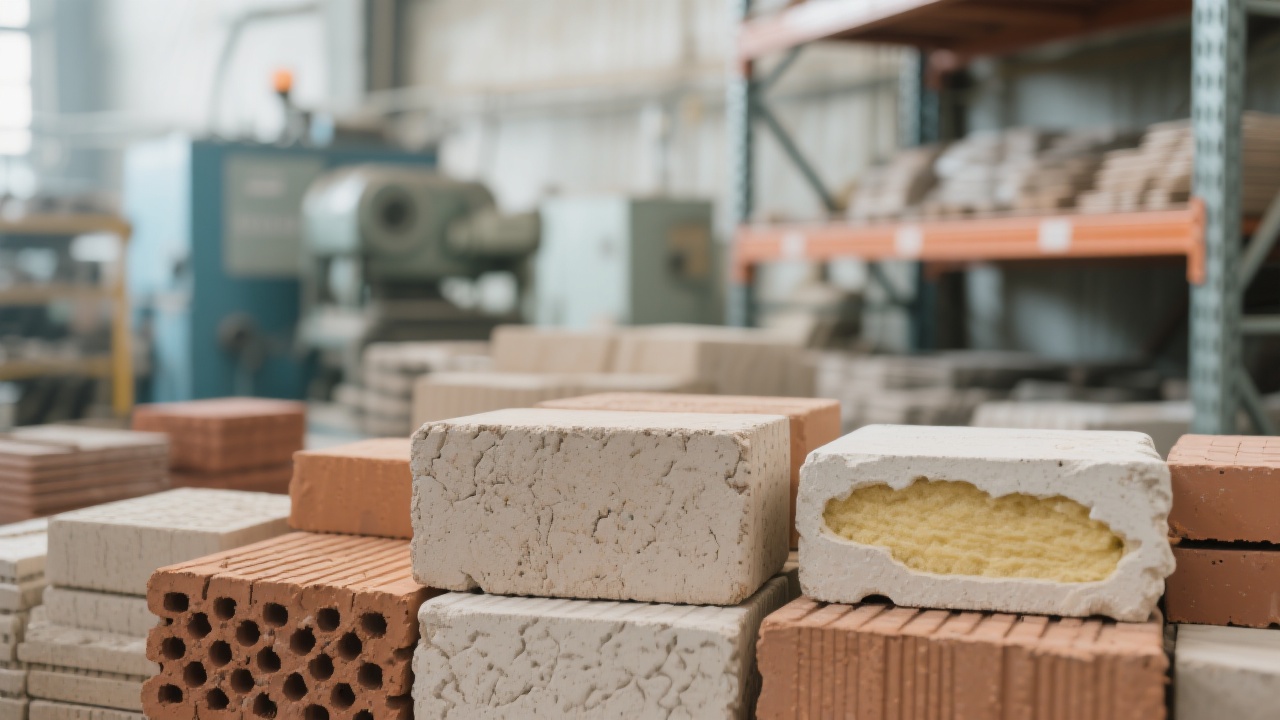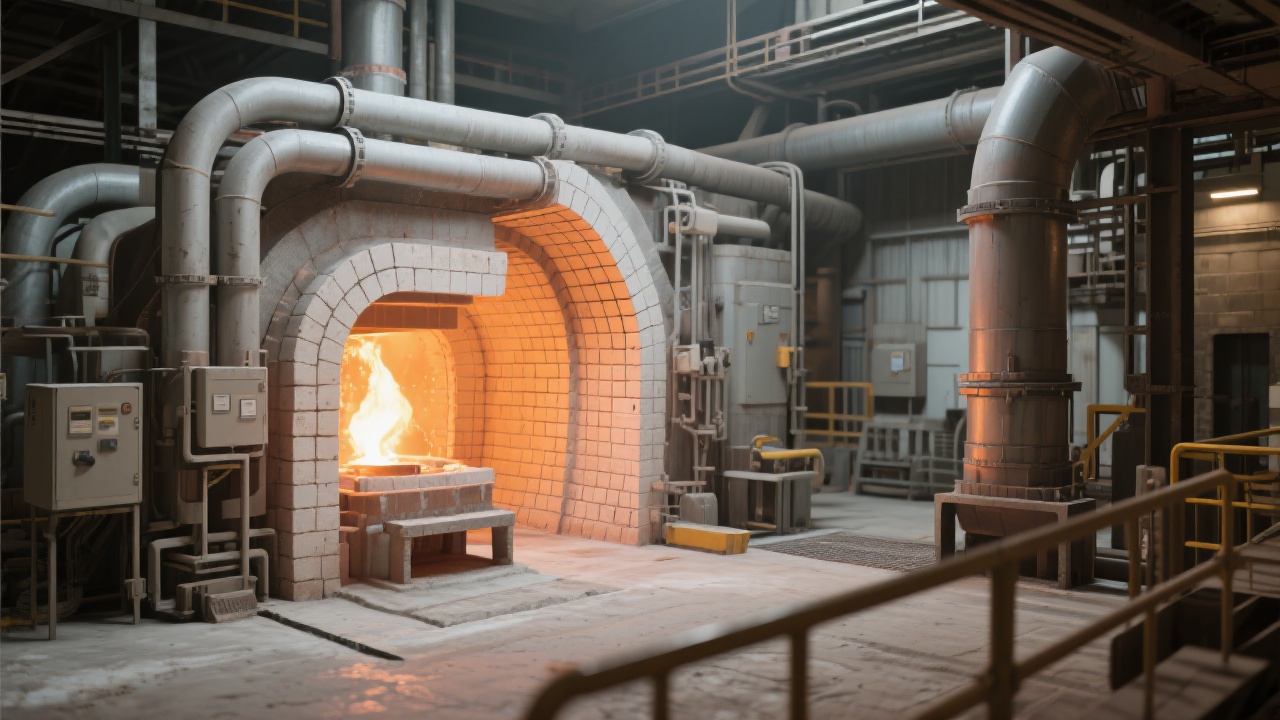
In industries dealing with high-temperature alkaline environments—such as glass furnaces, cement kilns, electric arc furnaces in steelmaking, and non-ferrous metallurgy—choosing the right refractory material is critical to ensuring operational stability and minimizing costly downtime. Over 18 years of global experience reveal that one of the oft-overlooked challenges is finding refractory bricks capable of resisting severe alkaline slag corrosion while maintaining structural integrity at elevated temperatures.
Magnesia-zirconia bricks stand out as specialized alkaline refractory materials designed to combat rapid degradation caused by corrosive slags and alkaline atmospheres. Their unique formulation—combining electrofused magnesia (MgO) and zircon sand (ZrSiO4)—significantly enhances chemical inertness and mechanical stability.
Thanks to this composite formulation, magnesia-zirconia bricks exhibit a bulk density exceeding 3.08 g/cm3, delivering exceptional densification which directly translates into superior resistance against slag penetration and thermal spalling. This high density is a hallmark feature that monitors the brick’s quality and durability under harsh operating conditions.
The synergy between electrofused magnesia and zircon sand is pivotal. Electrofused magnesia contributes a robust, refractory matrix with notable resistance against basic slags, whereas zircon sand introduces phases that enhance high-temperature stability and lower the glass-forming tendency of alkaline slags on the brick surface.
This balanced composition limits chemical reactions with aggressive melts and reduces the formation of low-melting-point compounds, which are primary drivers of refractory degradation in alkaline furnaces.
| Component | Function | Impact on Performance |
|---|---|---|
| Electrofused Magnesia (MgO) | Stable refractory matrix | Resists high-temperature alkaline slags, ensures mechanical strength |
| Zircon Sand (ZrSiO4) | Phase stability and slag resistance | Enhances resistance to slag infiltration, reduces thermal spalling |
Every alkaline operating environment has distinct refractory challenges:
Magnesia-zirconia bricks address these pain points by ensuring increased lifespan through enhanced slag corrosion resistance and preventing premature spalling. This translates into reduced maintenance frequency and increased overall operational efficiency.

When compared with conventional materials such as pure magnesia or dolomite bricks, magnesia-zirconia bricks exhibit:
These benefits collectively lower the total cost of ownership by minimizing unplanned shutdowns and reducing replacement frequency.

Case studies from a leading cement plant in Southeast Asia demonstrate that replacing traditional dolomite bricks with magnesia-zirconia bricks in kiln lining led to:
Similarly, a glass production facility in Europe reported a visible drop in boiler stoppages after deploying magnesia-zirconia bricks in the regenerator chamber, thanks to their excellent corrosion and thermal shock resistance.

In summary, magnesia-zirconia bricks are best suited for environments characterized by:
Choosing magnesia-zirconia bricks means reducing downtime, lowering maintenance expenses, and extending your furnace’s service life. It’s a strategic upgrade that delivers tangible cost savings alongside reliability.
Are you currently facing challenges with frequent refractory failures or short lining lifespans in your alkaline furnaces? Discover how magnesia-zirconia bricks can revolutionize your kiln operations.

